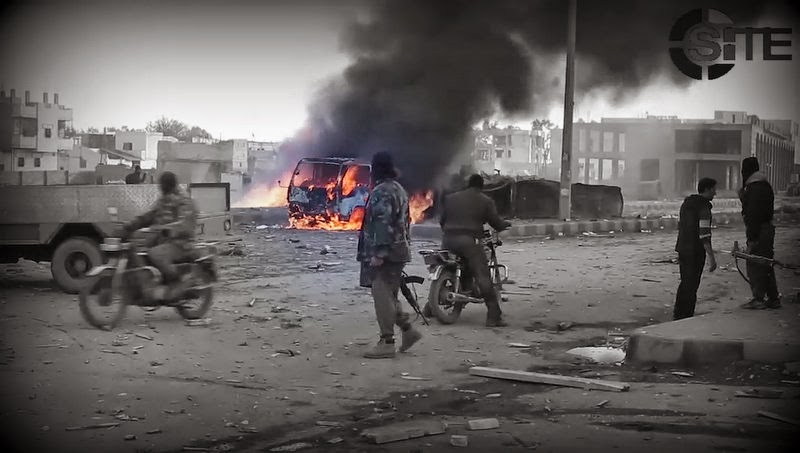The U.S. is currently in its third month of its strategy to “disrupt and eliminate” the Islamic State. President Obama proclaimed from the outset that the United States would not commit ground troops to the conflict, but would instead conduct a calculated bombing campaign against the Islamic State (IS) and both train and arm designated rebel groups fighting against IS. Currently, the U.S. strategy is revealing some weaknesses.
To start with, the U.S. is quickly running out of options for opposition forces to counter IS. Problematic from the outset due to the splintered and tribal nature of militias throughout Syria, the situation has become dire as al-Nusra Front, al-Qaeda’s (AQ) Syrian affiliate, forced the surrender of the Harakat Hazm militia, a group considered to be under the Free Syrian Army (FSA) umbrella, in the Idlib governorate just over a month ago.
The U.S. had provided the Harakat Hazm militia with weaponry to fight al-Nusra Front and IS, which included TOW anti-tank missiles, and had also allegedly previously spent large amounts of money training its soldiers through a covert program run out of Qatar. After an all-out onslaught by al-Nusra Front on their compound, the Harakat Hazm soldiers fled, joined al-Nusra Front, or were slaughtered. To add insult to injury, al-Nusra Front seized the U.S. weapons that the militia members abandoned as they fled. At the same time, the U.S.-backed Syria Revolutionaries Front (SRF), another FSA-associated group, was also routed by al-Nusra Front in Jabal al-Zawiya.



